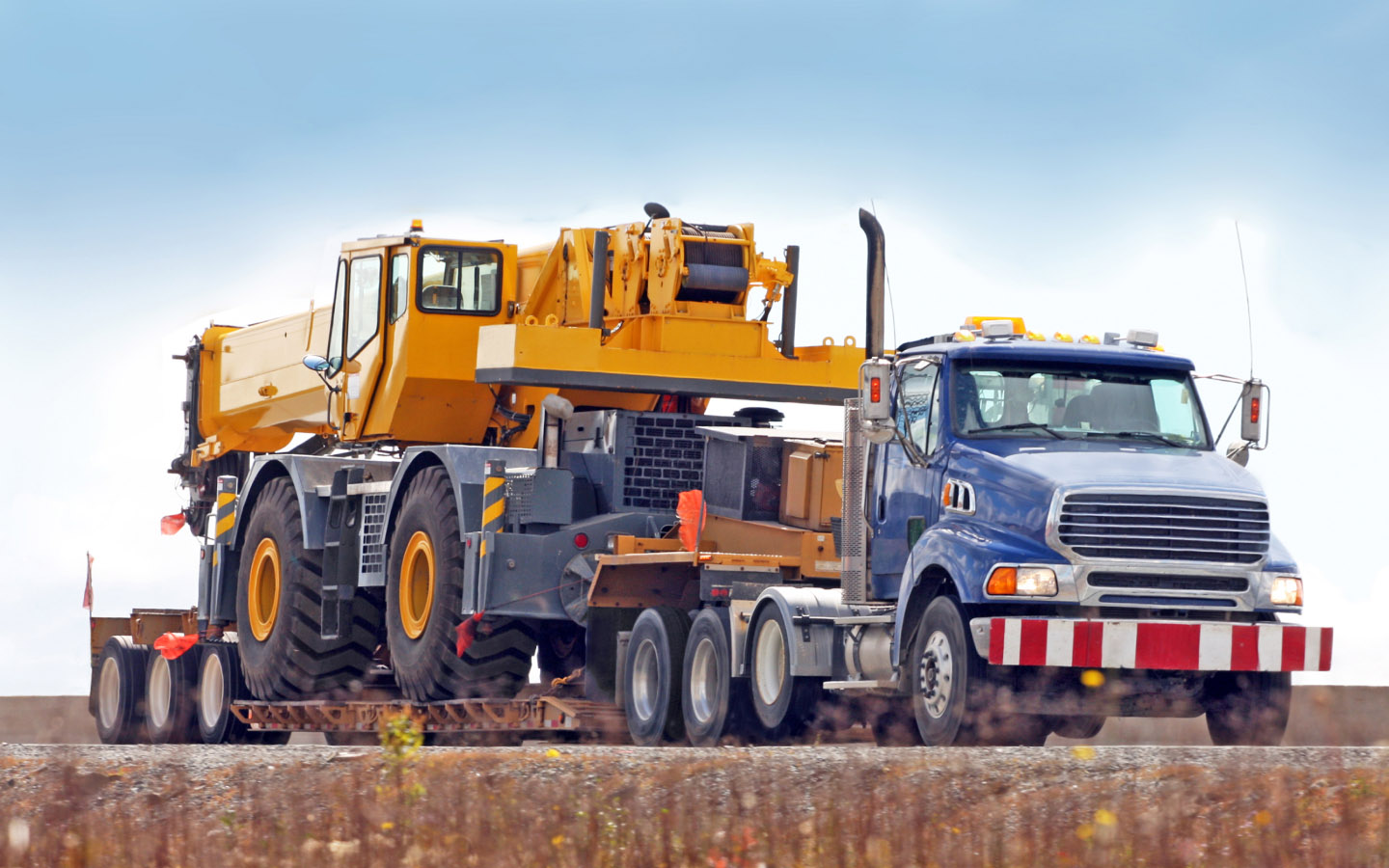
Transporting heavy equipment is a complex and critical task in various industries, including construction, mining, agriculture, and manufacturing. The safe and efficient transportation of heavy machinery is essential to avoid damage, accidents, and costly delays. To help you achieve successful heavy equipment transport, we’ve compiled a list of top tips and best practices.
- Proper Planning
Successful heavy equipment transport begins with careful planning. Start by identifying the specific requirements of your equipment, including its weight, dimensions, and any special handling considerations. Create a detailed transport plan that outlines routes, permits, and schedules. Consider factors such as road conditions, traffic, and weather.
- Choose the Right Transporter
Selecting the right transport company is crucial. Look for experienced professionals who specialize in heavy equipment transport. Ensure they have the necessary licenses, permits, and insurance. Ask for references and check their track record for safety and reliability. Check them out https://www.shiply.com/de/schwertransport/
- Inspect and Prepare the Equipment
Before transport, thoroughly inspect the equipment for any damage or mechanical issues. Make any necessary repairs or maintenance to ensure it’s in optimal condition for transport. Remove any loose parts or accessories that could be damaged during transit, and secure them separately.
- Secure Proper Permits
Heavy equipment often requires special permits for transportation due to its size and weight. Make sure you obtain all necessary permits well in advance to avoid delays and legal issues. Your transport company should assist you with this process.
- Properly Package and Secure
Proper packaging and securing of the equipment are critical to prevent damage during transit. Use appropriate padding, bracing, and tie-downs to ensure the equipment stays in place. Double-check that all securing mechanisms are tight and secure before hitting the road.
- Communicate Clearly
Effective communication is key to successful heavy equipment transport. Maintain constant communication with your transport company, drivers, and any relevant authorities. Be sure to provide accurate information about the equipment’s dimensions and weight to ensure a safe and efficient journey.
- Route Planning and Inspection
Thoroughly plan the transport route, considering any potential obstacles, low bridges, narrow roads, or weight restrictions. Conduct a route inspection before starting the journey to identify and address any potential issues. This step can prevent costly delays and accidents.
- Monitor Weather Conditions
Keep a close eye on weather conditions throughout the transport process. Inclement weather can pose significant challenges when transporting heavy equipment. Be prepared to delay or reroute if necessary to ensure the safety of the equipment and everyone involved.
- Compliance with Regulations
Familiarize yourself with federal and state regulations governing heavy equipment transport. Compliance with these regulations is crucial to avoid legal issues and penalties. Regulations may include weight limits, hours of service, and safety requirements.
- Insurance and Liability
Ensure that your equipment is adequately insured during transport. Discuss liability and insurance coverage with your transport company to understand who is responsible in case of accidents or damage during transport.
Conclusion:
Transporting heavy equipment can be a complex and challenging task, but with proper planning, communication, and attention to detail, it can be done successfully. Following these top tips will help ensure the safe and efficient transport of your valuable heavy machinery, minimizing the risk of damage, accidents, and delays. Remember that working with experienced professionals and complying with all regulations is essential for a successful heavy equipment transport operation.
